Will rooted ZZ leaflets die off eventually?
kelli
8 years ago
last modified: 8 years ago
Featured Answer
Comments (20)
GreenLarry
8 years agotlbean2004
8 years agoRelated Discussions
Rooting ZZ Plant Leaflets
Comments (16)PG: I live in the low desert area of So Cal. It routinely gets 110+ degrees in the summer (big emphasis on the +). We've had quite a few days of 115 already, even back in May. Today was a "cooler" day, only 104! Being as dry as it is, many people here use evaporative coolers instead of AC. I have a traditional central AC system and it's never gotten higher than 40% humidity inside my home, and usually much lower. I leave little cups of water around my houseplants to increase humidity and have to refill them every two days. My outside garden plants are watered twice a day by automatic sprinklers--even the agave--a desert plant, has it's own sprinkler and would die without it because it's still only a year old. I have to water my houseplants 3 times as often as my friends in L.A. They can get away with watering once a week; I water mine every day-and-a-half. (If I water in the morning today, it'll need it again in the late afternoon tomorrow.) If I have time I'll try to post up some pictures of the area. The elevation not too far from here is 100 ft below sea level. Maybe this is more information than you asked for? About my potting mix, I do make my own. It's equal portions sphagnum, perlite, vermiculite with some horticultural charcoal and a tiny bit of trace elements and pH checked at the end. In the past when I've used store-bought mix it just didn't work right for me because it would get dried-out too fast and became too hard. Because of the looseness of my mix I was able to check the development of the tubers without disturbing the roots. I can also easily stick my finger down into this mix to check whether it needs water, not just feeling the surface. PG, I'd love to see pictures of the ZZ's you grew from leaflets!...See MoreAre ZZ plants slow growing?
Comments (43)Hi, new to this thread. I just purchased 3 ZZ plants from HD the other day and re-potted 2 in a large ceramic pot and one by itself in a larger pot. I used MiracleGro Moisture Control. I did not add any perlite, etc. to the soil. I'm new to these plants. On watering issue. How often should I water, once a week or when I see the soil completely dry? What if I added 1/2 glass of water every week; it's not too much and not too little and the roots will have to work to get to the water. Any advice will be appreciated. One plant site under an east facing window and the other sits on my bath tub under a narrow east facing window, both are upstairs. TammyPie...See MoreWill my persimmon sapling die? I damaged the roots at the base.
Comments (1)NO BUT BE PATIENT....See MoreRose with zig-zag habit and leaves with 11 leaflets?
Comments (4)That would be pretty cool if they were R. roxburghii. That's a rose that was already on my want list. I looked at photos of the double form first at HMF and thought, "well, maybe?", but then I looked at the single form, and thought the resemblance was pretty close. If it is a chestnut rose, should I expect some of those pretty red-orange leaves this fall, or is that not so likely this far south? Thanks for your help, and please accept my condolences on your mother's passing. Best regards, Virginia...See Morekelli
8 years agolast modified: 8 years agolaticauda
8 years agotlbean2004
8 years agokelli
8 years agotlbean2004
8 years agokelli
8 years agotapla (mid-Michigan, USDA z5b-6a)
8 years agokelli
8 years agoJudy (z-9. Bay Area)
8 years agokelli
8 years agoSans2014
8 years agoJudy (z-9. Bay Area)
8 years agolaticauda
8 years agoGreenLarry
8 years agoPhoto Synthesis
8 years agolaticauda
8 years ago
Related Stories

GREEN BUILDINGLiving Roofs Put Down Roots
No longer solely the domain of hippies — or hobbits — a green roof can be a hardworking partner in making your house sustainable
Full Story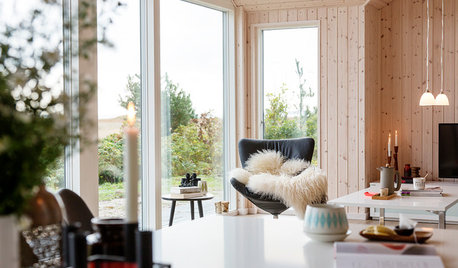
LIFESlow Living 101: Tips for Turning Off the Chaos
It may feel as though you're too busy to slow down and enjoy life. But even little changes can have a big effect
Full Story
EVENTSOn Show: The Ingenuity of Ancient Architecture
A German exhibit celebrates the diversity of traditional homes built with materials at hand
Full Story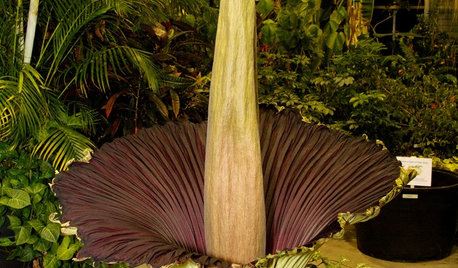
FUN HOUZZSmell This Shocking Flower at Your Own Risk
Don't say we didn't warn you: The foul scent of the rare and incredible corpse flower may knock your socks off
Full Story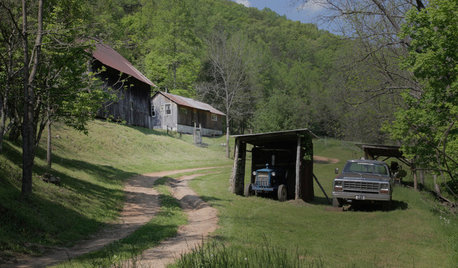
TASTEMAKERSNew Series to Give a Glimpse of Life ‘Unplugged’
See what happens when city dwellers relocate to off-the-grid homes in a new show premiering July 29. Tell us: Could you pack up urban life?
Full Story
FALL GARDENINGMake This Fall’s Garden the Best Ever
Learn the most important tip for preventing buyer’s remorse, plus get more valuable buying and planting advice
Full Story
TRADITIONAL ARCHITECTURESo Your Style Is: Early American
The people we know as Pilgrims set the style stage back in 1620
Full Story
ARCHITECTUREDesign Workshop: Give Me an ‘H’
Look to modern versions of an H-shaped medieval floor plan for more privacy and natural light
Full Story
GARDENING GUIDESNew Ways to Think About All That Mulch in the Garden
Before you go making a mountain out of a mulch hill, learn the facts about what your plants and soil really want
Full Story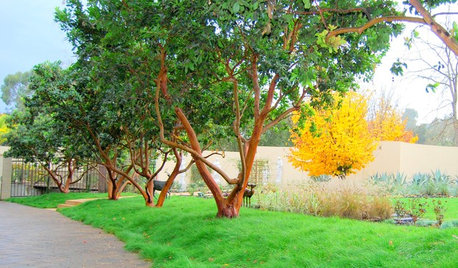
GARDENING GUIDESGarden Myths to Debunk as You Dig This Fall and Rest Over Winter
Termites hate wood mulch, don’t amend soil for trees, avoid gravel in planters — and more nuggets of garden wisdom
Full StorySponsored
Central Ohio's Trusted Home Remodeler Specializing in Kitchens & Baths



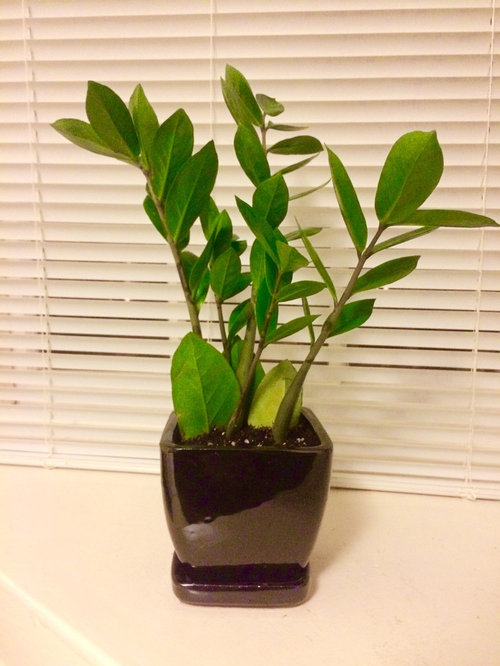

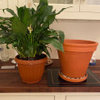

tapla (mid-Michigan, USDA z5b-6a)